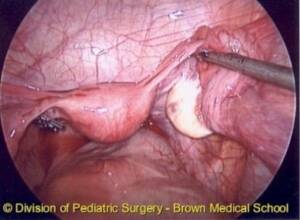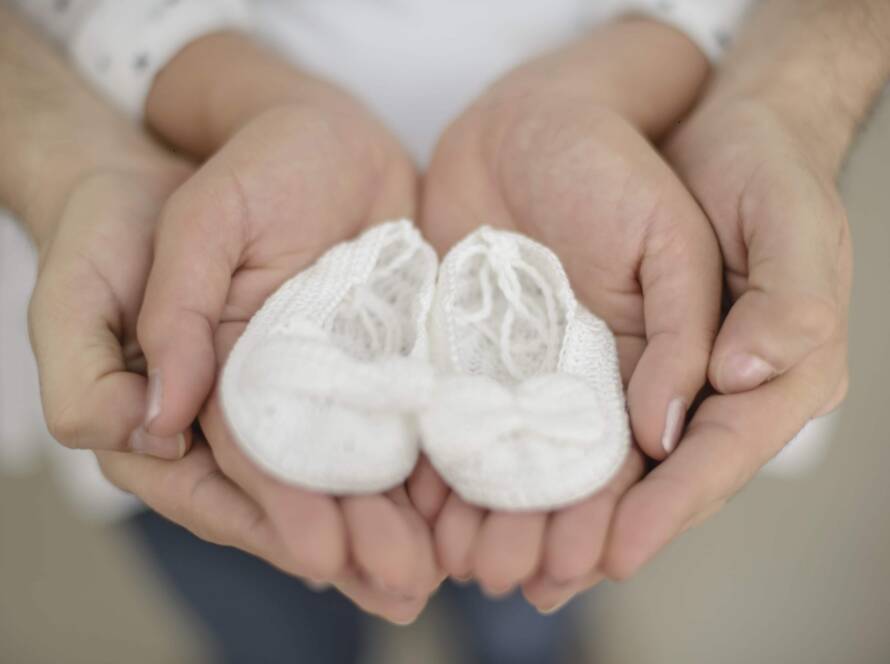In a woman’s ovary, hundreds of eggs are naturally lost year after year due to a process of programmed death associated with the aging of the woman. Since the ovary does not have stem cells that can multiply and differentiate into eggs that replace those that are naturally lost, it is difficult for couples to conceive in women over 37 years of age. Moreover, this process of egg loss can be accelerated by treatments such as chemotherapy or radiotherapy, so adequate medical counseling is necessary in order to implement PREVENTIVE treatments that minimize egg loss.

One or more preventive management alternatives can be implemented in order to preserve ovarian function. In the case of pelvic radiotherapy, the most commonly used alternative is the mobilisation of the ovaries by laparoscopic surgery so that they are outside the radiation field; in the case of chemotherapy, co-treatment with drugs that protect the ovary is used; Cryopreservation of a woman’s eggs or embryos is also frequently used in both cases, before chemo or radiotherapy.
Mobilization of the ovaries before radiation therapy
Mobilization of the ovaries is accomplished by fixing the ovary in the upper abdomen, outside the pelvic radiation area, after cutting the ligament that attaches it to the uterus. This procedure should be offered to women younger than 40 years of age immediately before the start of radiation therapy for the treatment of conditions such as Hodgkin’s lymphoma, cervical or vaginal cancer, and other pelvic tumors in which there is no involvement of the ovaries. The laparoscopic approach allows a rapid recovery in order to start radiotherapy a few days after surgery.
Mobilization of the ovaries outside the radiation area effectively reduces the radiation dose received by the ovary by 90% to 95%. However, this effectiveness in avoiding radiation to the eggs does not translate into equally successful pregnancy rates because the radiation does affect the uterus (which cannot be mobilized).
Radiation can destroy the endometrial cells in the cavity of the uterus that are needed for the embryo to be planted. When this happens, repeated miscarriages or infertility can occur. If the uterus is not damaged, a spontaneous pregnancy can be achieved after the ovaries are relocated to their original site in the pelvis, or else in vitro fertilization can be used.
Mobilization of the ovaries requires an expert surgeon to reduce the risk of complications due to damage to the ovary’s blood supply or inadvertently returning to their original position during radiation therapy. Still, women may complain of chronic pelvic pain.
Transposition of the ovaries
inSer
GroupArticle for El Colombiano’s blog Let’s Talk About Fertility

